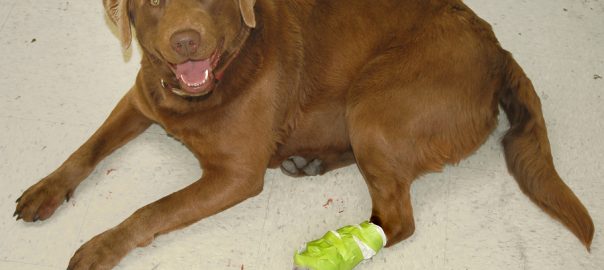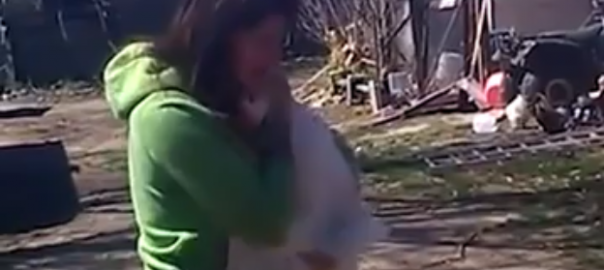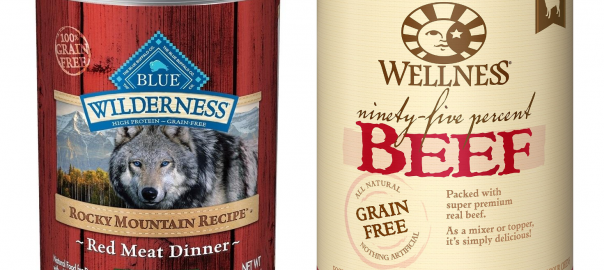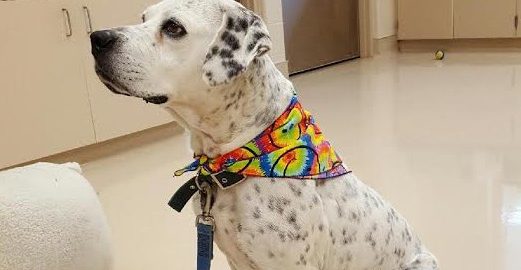Few things hurt more than an injury to the toenail — no matter your species! What should you do when it happens to your dog? That’s what a reader asked, and below is my answer!
Q: My Lab tore his toenail at agility class. What’s the best thing to do for it? I’ve heard lots of different advice.
A: Oww! If you’ve ever had a hangnail or cut your nails too short and got to sensitive skin, you know just how your dog feels when he breaks or cracks a nail.
Labs and other active dogs are prone to torn, split or broken toenails. It’s not unusual for these dogs to get toe injuries from jumping and landing wrong, banging the toenail against a hard surface or getting it caught in something.
A cracked or broken nail can be super painful. Interestingly, a toenail that’s cracked or split is often more painful than a nail that’s torn all the way off. Dogs have a much richer blood supply to their paws than humans do to their feet, and every blood vessel is accompanied by a nerve. With each step, the broken edge pushes into sensitive tissue. If the nail is completely torn off, there’s little bleeding, although the paw is still painful.
Depending on your comfort level with the procedure, you can clip off the remaining bit of torn or split toenail. If the thought of that makes you queasy, take a quick trip to the veterinarian so a vet tech or the vet can perform the procedure. With time, the toenail’s tissue will become less sensitive, and eventually the nail will grow back. Wash it with warm water and mild soap, keep it clean and watch for signs of infection, such as redness. You can also bandage it for protection during the healing period.
Your dog’s paw may be sore for a week or two afterward.
It’s a good idea to avoid walking him over rough surfaces while the nail heals. Talk to your veterinarian about prescribing a pain reliever.
Read this and more in this week’s Pet Connection!




